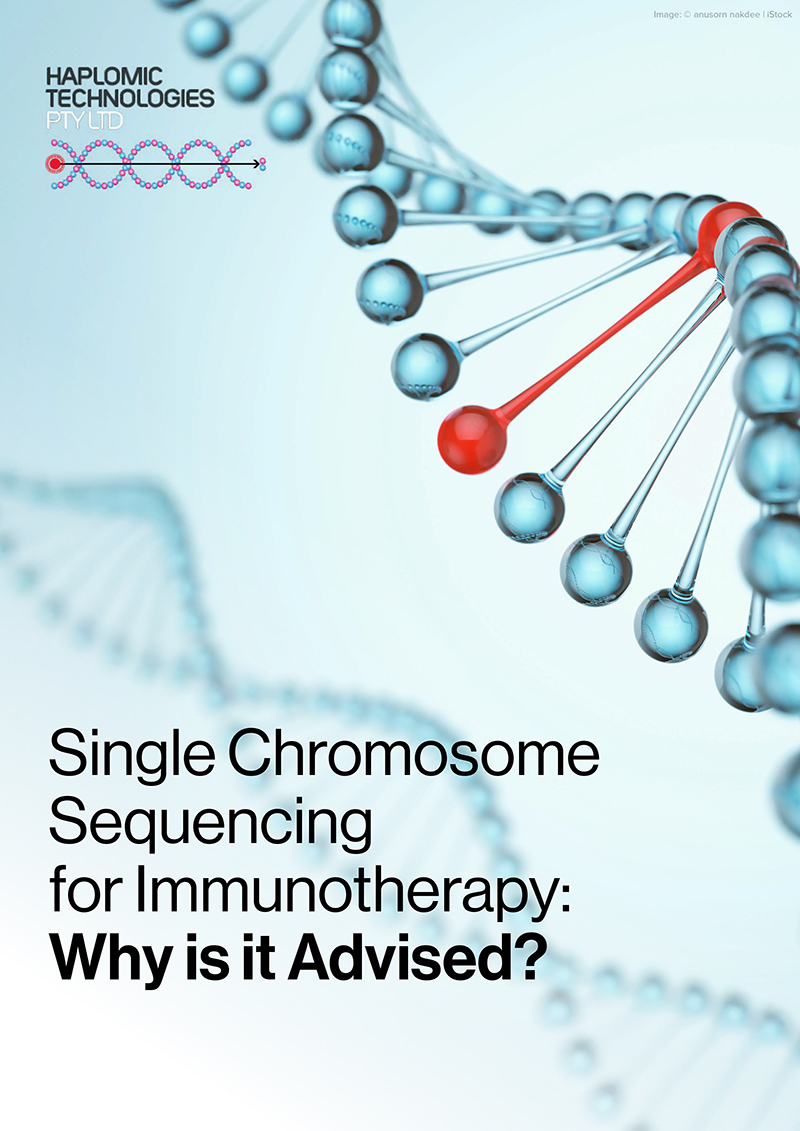Immunotherapy is a relatively recent addition to the anti-cancer armamentarium. It is defined as using the body’s immune system to fight cancer growth. Immunotherapy can take many forms – but why does it work?
In 2018, the Nobel Prize for Medicine was awarded to James Allison and Tasuku Honjo “for their discovery of cancer therapy by inhibition of negative immune regulation.”
This review focuses on two immune checkpoints – PD-1 and CTLA-4 – and their respective ligands, which together keep T cells in a state of non-reactivity.
The ligands for PD-1 are PD-L1 and PD-L2, while the ligands for CTLA-4 are CD80 (B7.1) and CD86 (B7.2). PD-L1 is found on many cell types, including tumour cells. PD-L2, B7.1, and B7.2 are expressed on antigen-presenting cells (APCs). These ligands provide negative feedback to T cells.
The aim of immunotherapy is to interfere with this binding and thereby unleash the full power of the anti-tumour immune response. To this end, many drugs – including monoclonal antibodies – have been developed for human cancer patients.
Other immune checkpoints include LAG-3 (Lymphocyte Activation Gene) and IDO (Indoleamine 2,3-Dioxygenase).
PD-1 and CTLA-4 will be discussed in terms of their polymorphisms, the importance of understanding genetic phase to assign correct alleles across different racial groups, and the relevance of these variations to inhibitor binding.
Inhibitory Receptor PD-1
PD-1 is an inhibitory receptor first described by Tasuku Honjo. It is found on activated T cells and plays a key role in the regulation of T cells, including CD8+ cytotoxic cells.
The human PD-1 gene is located on chromosome 2, near the centromere (q37). The gene is 2016 nucleotides long and codes for a protein of 288 amino acids, comprised of five exons (Finger et al., 1997).
One of the checkpoint inhibitors used in PD-1 suppression is the monoclonal antibody Nivolumab, which binds to PD-1.
PD-1 has several polymorphic sites resulting in four phenotypes. The major SNPs identified include rs36084323 (a C to T variation 2 kb upstream in the promoter region), rs11568821 (an intron variant), rs2227981 (a synonymous variant located approximately 2 kb upstream), and rs7421861 (another intron variant). The T allele of rs7421861 is very rare.
Parakh et al. (2021) showed that some patients do not benefit from Nivolumab. They tested five SNPs and correlated them with response to Nivolumab, progression- free survival, and overall survival. The PD-1.3 SNP G/G genotype (rs11568821) was associated with longer progression-free survival (14.1 vs. 7.0 months). Single chromosome sequencing is essential to establish genetic phase if multiple SNPs are present.
PD-1’s natural ligands are PD-L1 and PD-L2. PD-L1 is upregulated in many cancers, resulting in reduced immune T cell responses. PD-L1 (B7-H1) is encoded on chromosome 9 (p42.2) with seven exons and is polymorphic.
Nomizo et al. (2017) demonstrated that the G allele of the PD-L1 intron polymorphism rs2282055 is associated with a better response to Nivolumab. Additionally, rs4143815 (a G to C variation in the 3’ untranslated region) showed that the C allele (CC and GC genotypes) is associated with a superior response in non-small cell lung cancer.
Zhou et al. (2019) showed in a meta-analysis that the GG allele of rs4143815 is linked to the development of several types of cancer, a finding supported by Wang et al. (2013) for gastric adenocarcinoma. Nomizo also reported linkage disequilibrium between polymorphisms rs822339, rs2282055, and rs1411262. Single chromosome sequencing is necessary to confirm alleles for PD-1, its ligands, and associated miRNAs.
Polymorphism of CTLA-4 and its Ligands B7-1 and B7.2
CTLA-4 (CD152) is encoded by a gene on chromosome 2. It is upregulated on activated T cells and constitutively expressed on regulatory T cells. CTLA-4 acts through its ligands B7.1 (CD80) and B7.2 (CD86) as a negative regulator.
Checkpoint inhibitors targeting CTLA-4, such as ipilimumab (Yervoy) and sunitinib, have been studied extensively. CTLA-4 exists in several forms due to splice variations.
Liu et al. (2018) showed that in renal cell carcinoma patients treated with sunitinib, the CTLA-4 polymorphism rs231775 (A to G, threonine to alanine substitution) was associated with overall survival. The G/G genotype correlated with longer survival and lower mRNA expression, suggesting reduced CTLA-4-mediated T cell inhibition. Sun et al. confirmed that the A allele is linked to cancer development.
Researchers often infer alleles and haplotypes based on linkage disequilibrium. Single chromosome sequencing is required to provide definitive proof.
The Role of B7-1 and B7-2 in Checkpoint Inhibition
B7.1 and B7.2 also bind the stimulatory receptor CD28, giving them a dual role in T cell control. Sequence variations must be carefully considered.
B7.1 exists as a dimer on the cell membrane, whereas B7.2 is a monomer. This structural difference allows B7.1 to bind CTLA-4 more effectively. The CD80 gene is highly polymorphic, with over 2,300 SNPs, including 150 in coding regions. The exact number of alleles remains uncertain and requires single chromosome sequencing.
The full polymorphism of CD86 (B7.2) is less well understood. However, certain SNPs appear clinically relevant. For example, rs2249055 (A/G) results in an alanine-to-threonine substitution at position 304. Geng et al. (2014) showed that the G/G genotype may protect against cancer. Another SNP, rs17281995 (G/C), located in the 3’ untranslated region, is associated with a higher cancer risk. Single chromosome sequencing is necessary to resolve these alleles with certainty.
References
- Finger LR et al. Gene, 1997; 97: 177-187.
- Zhou J et al. Pathology Research and Practice, 2019; 215(2): 229-234. Parakh S et al. Frontiers in Immunology, 2021; Article 672521.
- Kula A et al. Experimental and Molecular Pathology, 2020; 116: 104494. Nomizo T et al. Scientific Reports, 2017; 7: 45124.
- Wang W et al. Human Genetics, 2013; 132: 641-648.
- Liu X et al. Clinical Cancer Research, 2018; 24(10): 2350-2355.
- Geng P et al. PLOS ONE, 2014; 9(11): e109131.


